Every year during Songkran, Chiang Mai becomes a top destination for travelers, thanks to its unique charm shaped by its people, culture, and atmosphere—a blend of tradition and modernity.
Before the city comes alive with crowds during this vibrant holiday, let’s take a quiet stroll through Chiang Mai’s everyday life, exploring neighborhoods where people live from dawn till dusk. This journey builds on insights from the “Dynamic Cities” project, which studies diverse urban lifestyles.
Chiang Mai Gate Market – The Morning Rhythm

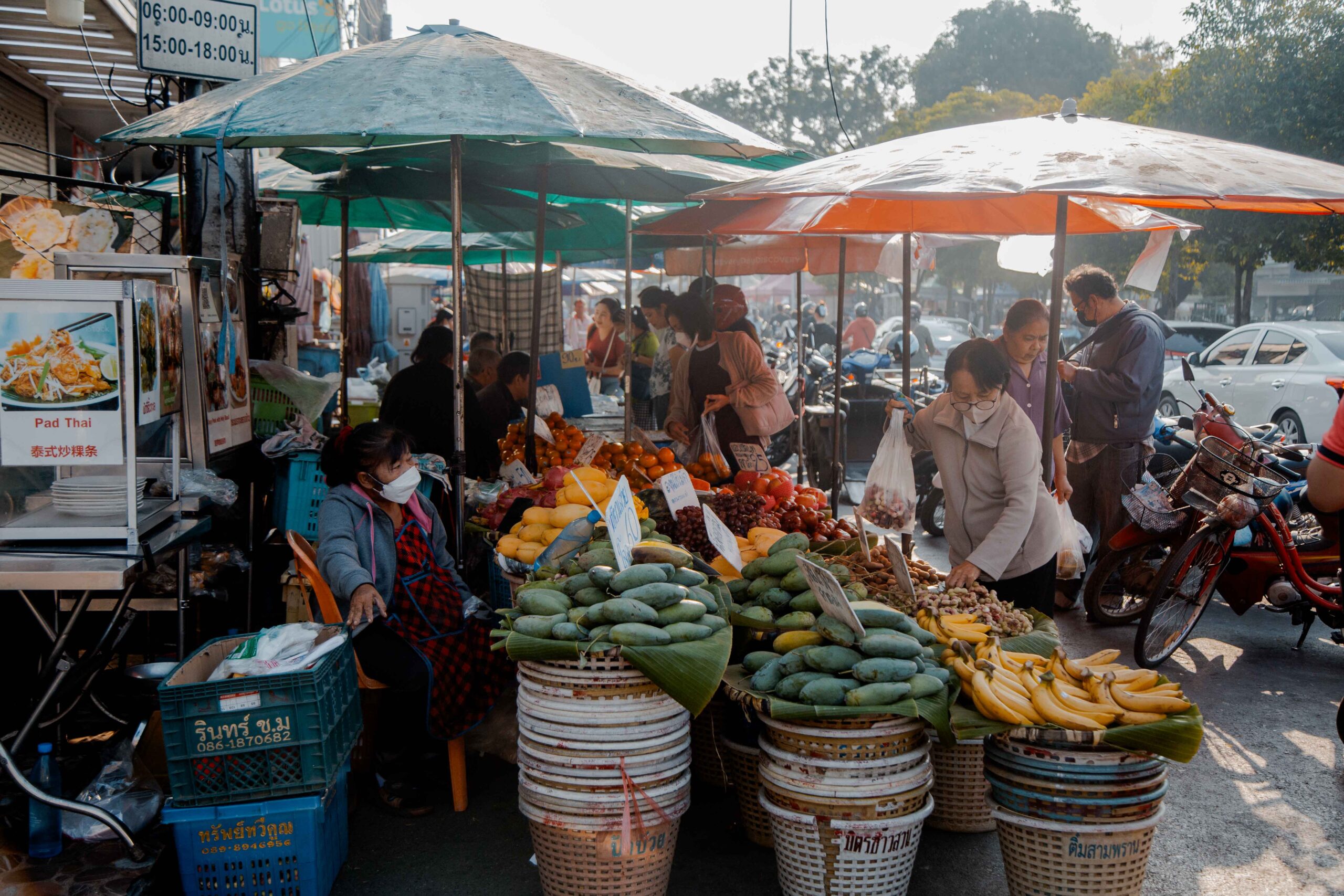
To understand local life in Chiang Mai, start your day at the Chiang Mai Gate Market. It’s a morning market deeply rooted in the daily routine of locals, offering breakfast, seasonal fruits and vegetables, and glimpses of early morning city life—from homemakers grocery shopping, to workers grabbing food on the way to the office, and tourists experiencing the old town’s charm. This market reflects the traditional heartbeat of the city that continues to thrive.
Yupparaj Wittayalai School – Urban Community in the Old Town
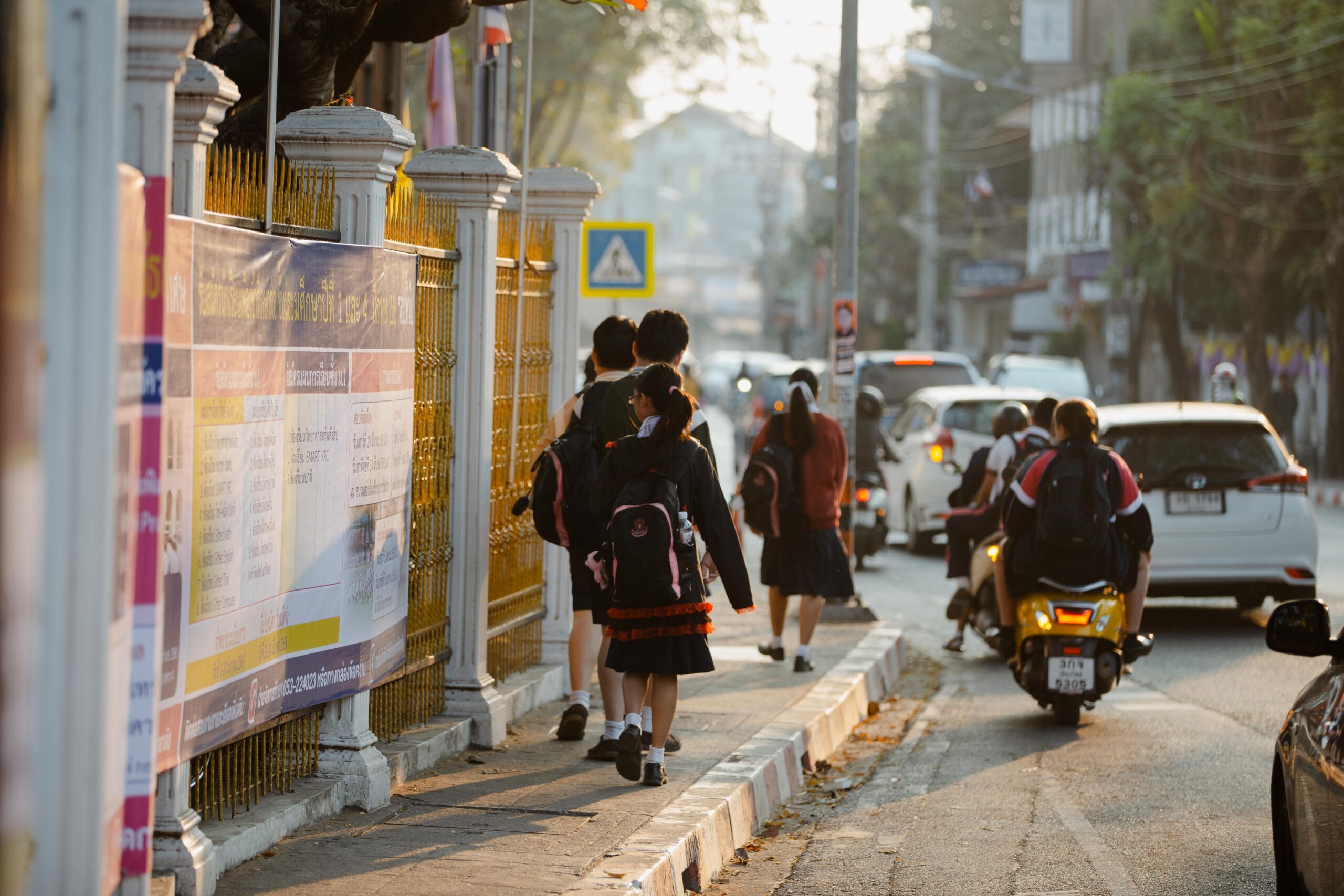

In the heart of the old city stands Yupparaj Wittayalai School, a long-standing high school. Morning and afternoon school hours fill the surrounding roads with motorcycles and red trucks picking up and dropping off students. This daily rhythm illustrates the connection between community life and key institutions like schools.
Kad Luang – The Traditional Economic Heart

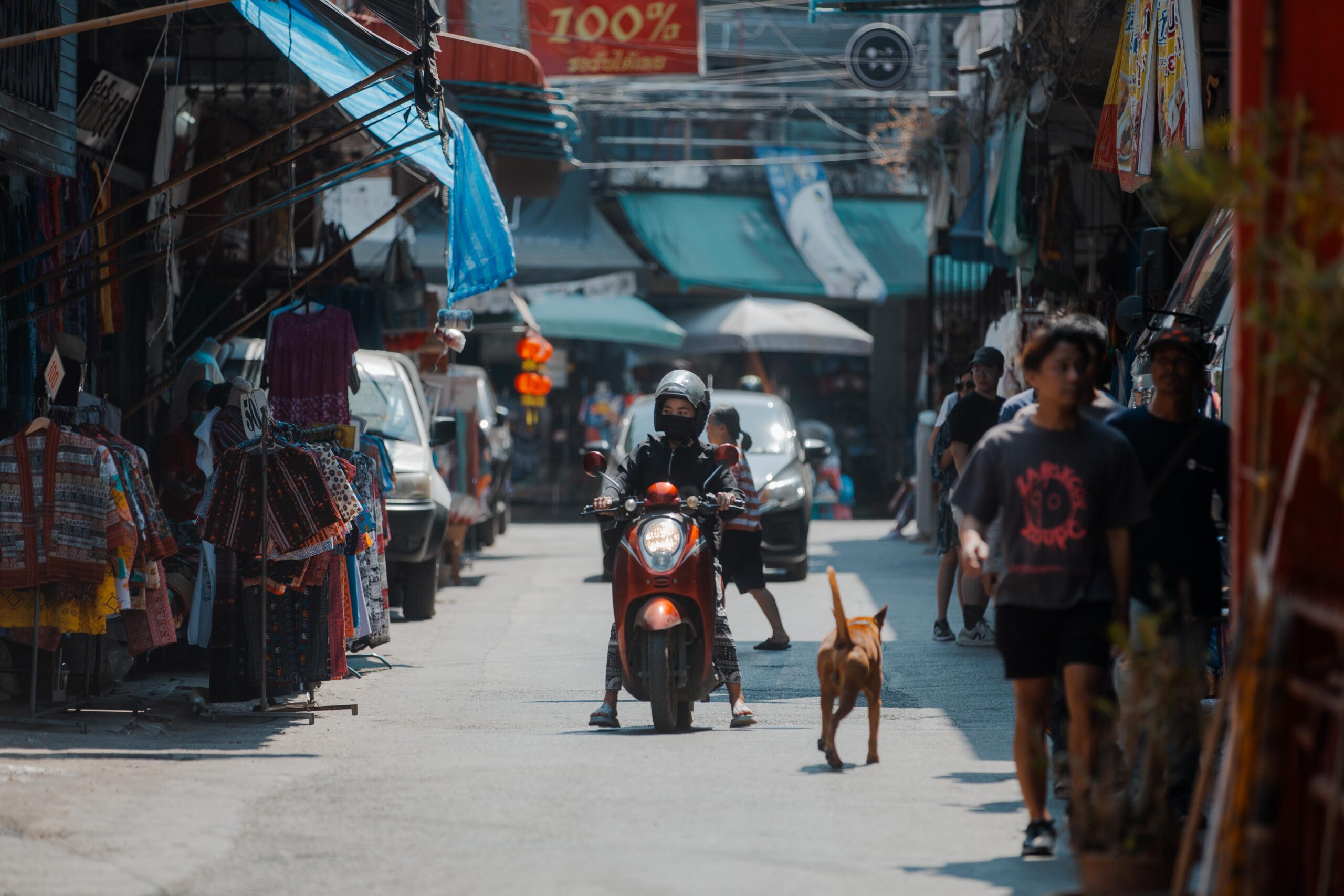
Next, we visit Kad Luang or Warorot Market, a historic wholesale-retail hub by the Ping River, once a key transport route for goods via water and rail. The market building still stands in its original location, famously home to Chiang Mai’s first escalator. Today, it remains bustling with local delicacies, souvenirs, and traditional clothes, frequented by both locals and visitors throughout the day.
Buak Haad Park – A Green Oasis in the City


Buak Haad Park is one of the few public parks in Chiang Mai, acting as a peaceful oasis for people to rest, stroll, exercise, and join community events. Located near the old city, it’s a favorite retreat for both locals and tourists seeking calm in a city that never stops moving.
Ang Kaew Reservoir – From “Buffalo Meadow” to New Landmark


A newly popular spot is Ang Kaew Reservoir, located at Chiang Mai University, with Doi Suthep as a scenic backdrop. Once a grassy field called “Buffalo Meadow,” it has since been transformed into a semi-public space for jogging, relaxing, and even bringing pets. With its laid-back atmosphere and natural views, it has become a must-visit landmark for locals and travelers alike.
Tha Phae Walking Street – Sunday Night Vibrance

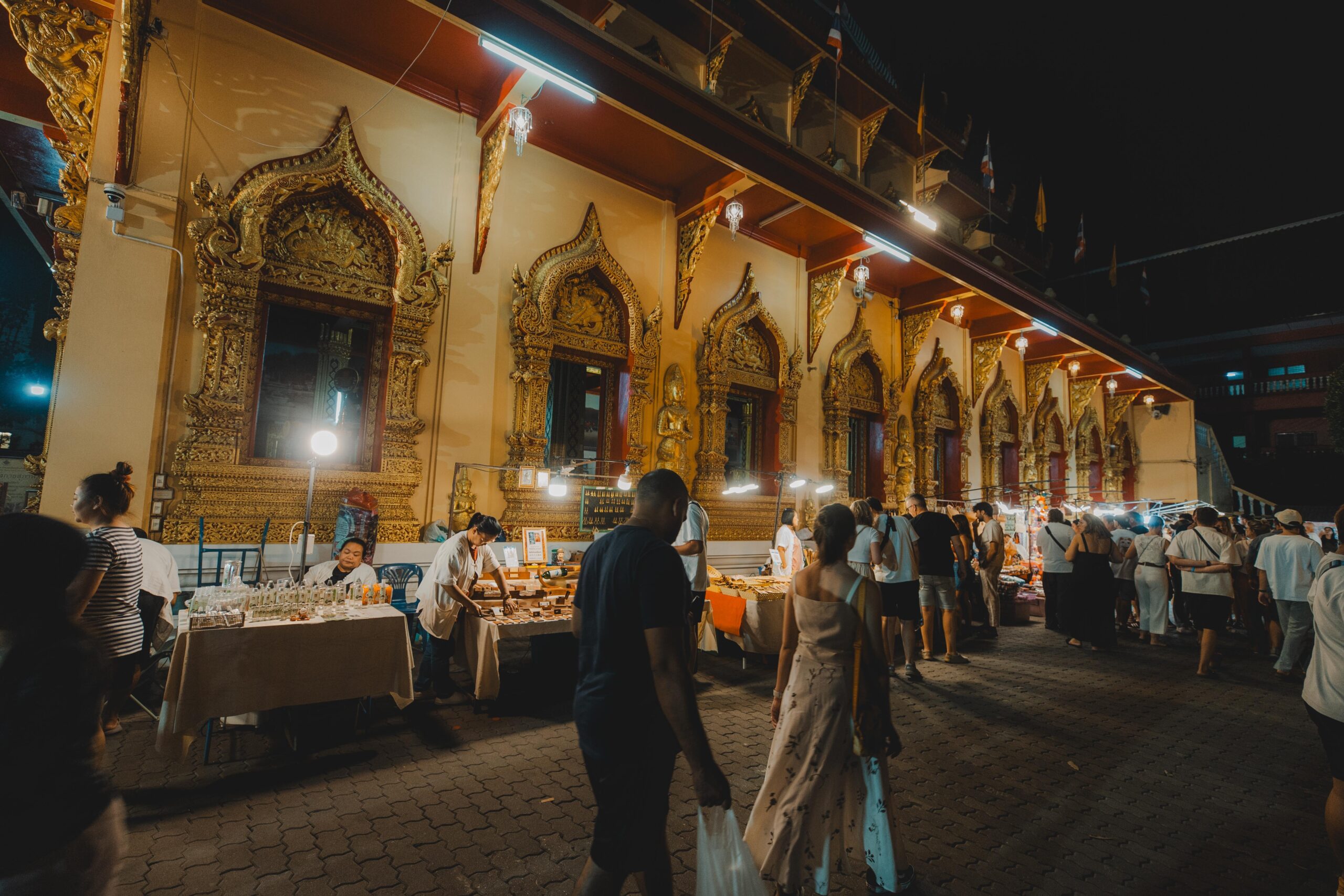
Every Sunday night, Tha Phae Gate transforms from a quiet plaza to a bustling walking street connecting Ratchadamnoen Road to Wat Phra Singh. This vibrant street is lined with handmade crafts, local art, and street food. It’s a gathering place for tourists hunting for souvenirs, locals enjoying a leisurely walk, and artists showcasing their work—making it a colorful highlight of Chiang Mai’s Sunday nights.
Chiang Mai’s Unique Public Transit
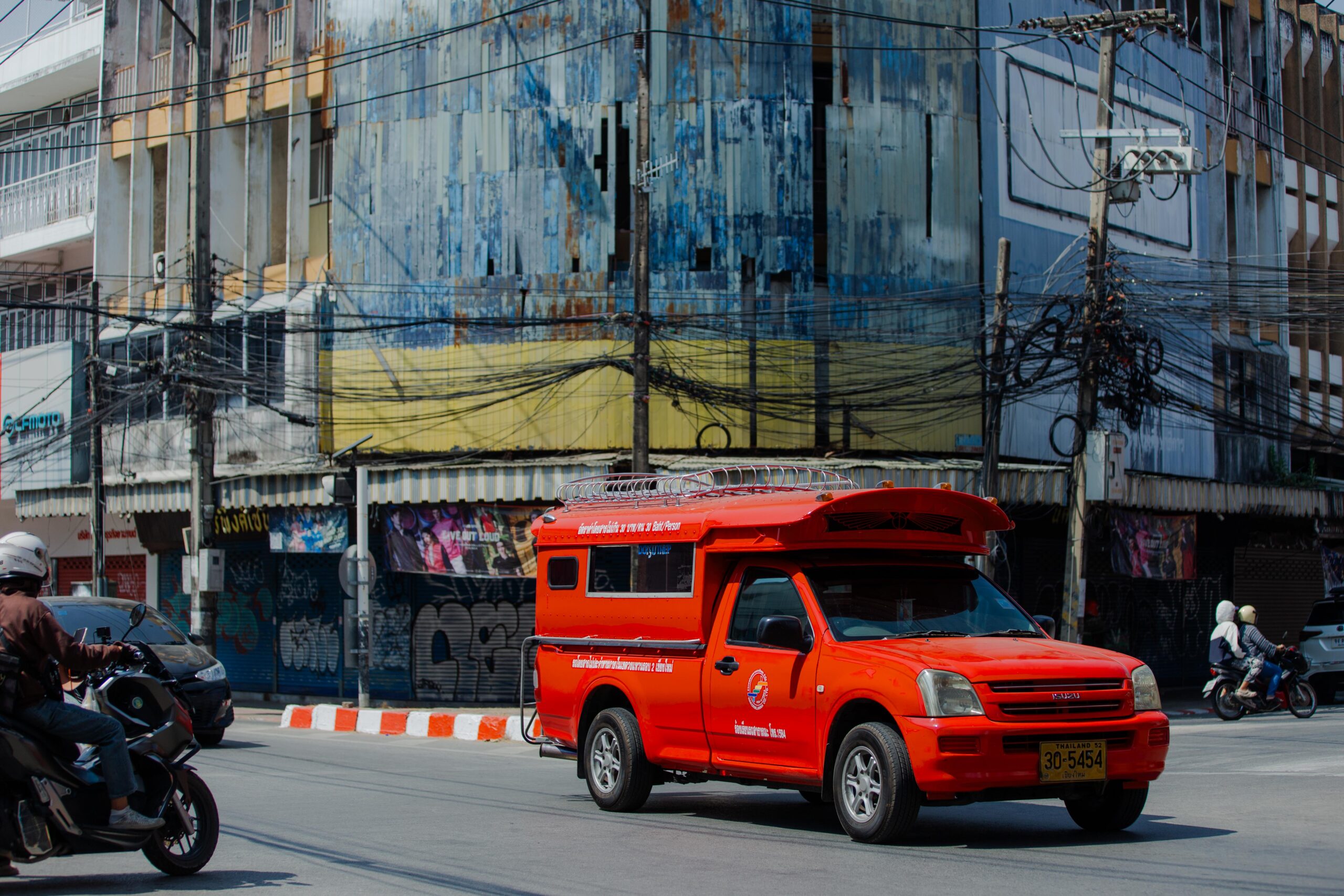
Chiang Mai may not have a massive bus network like Bangkok, but it has its own distinct transport culture. Most iconic is the ‘Rot Daeng’ — red pickup trucks with benches —that locals and tourists wave down anywhere and ask to be dropped off anywhere.
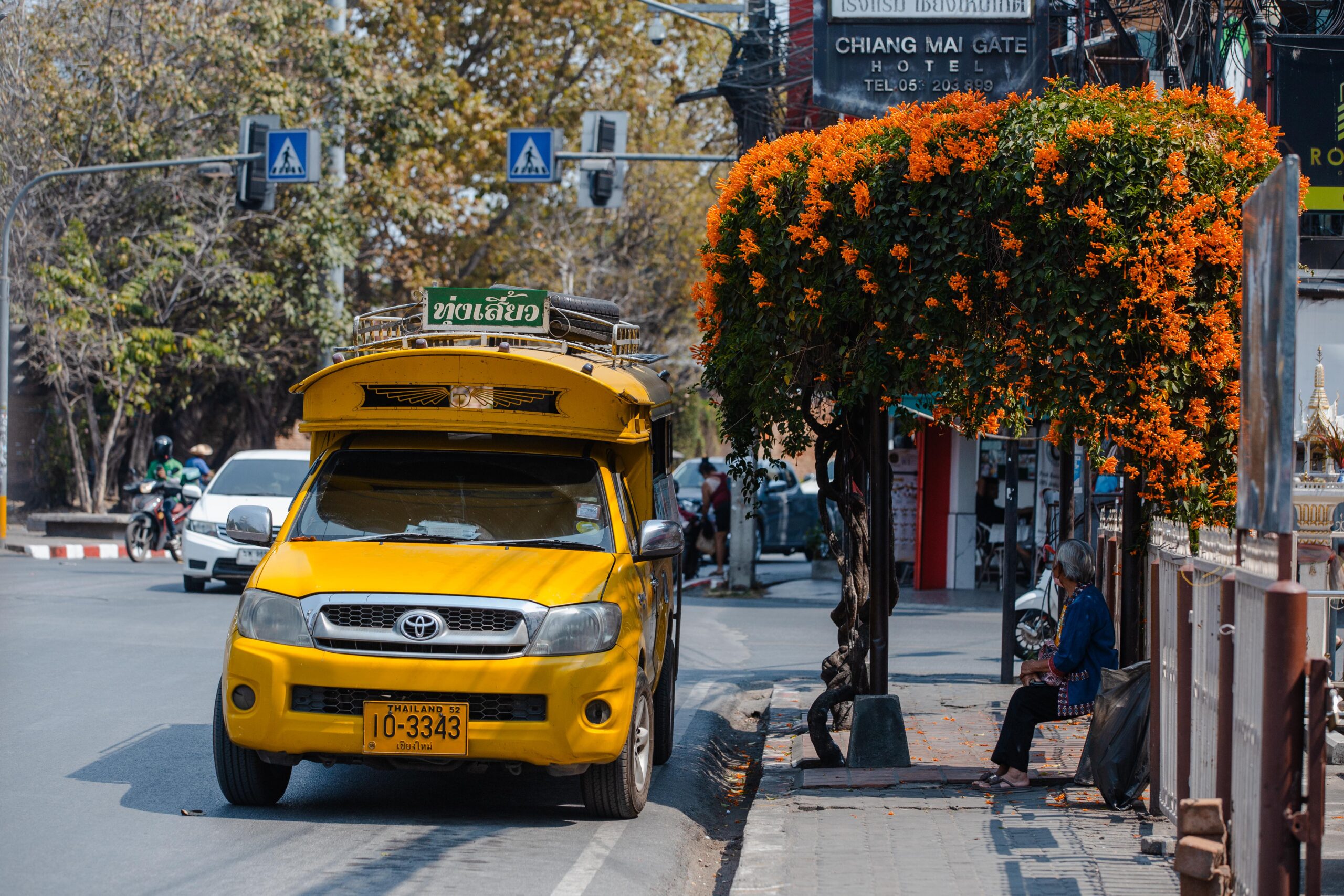
Other colored pickup trucks travel between the city and surrounding districts like Mae Jo, San Kamphaeng, and Hang Dong. They are still a main mode of daily commuting for suburban residents.
A City Designed for Daily Living
Chiang Mai stands out for its “neighborhood-centric” layout where people can live, work, and relax all in one area—unlike Bangkok, where long commutes are the norm. This aligns with the concept of a “15-minute city,” where essential services are within walking distance. Chiang Mai’s structure also allows for more flexible time, letting residents engage in their preferred activities, spend time with family, or simply relax.
______________
Explore more findings from the Dynamic Cities via Mobility Data project at https://www.true.th/blog/data-playground/dynamic-cities
Join the conversation at the Data Playground for Human Impacts community: www.facebook.com/groups/dataplayground








